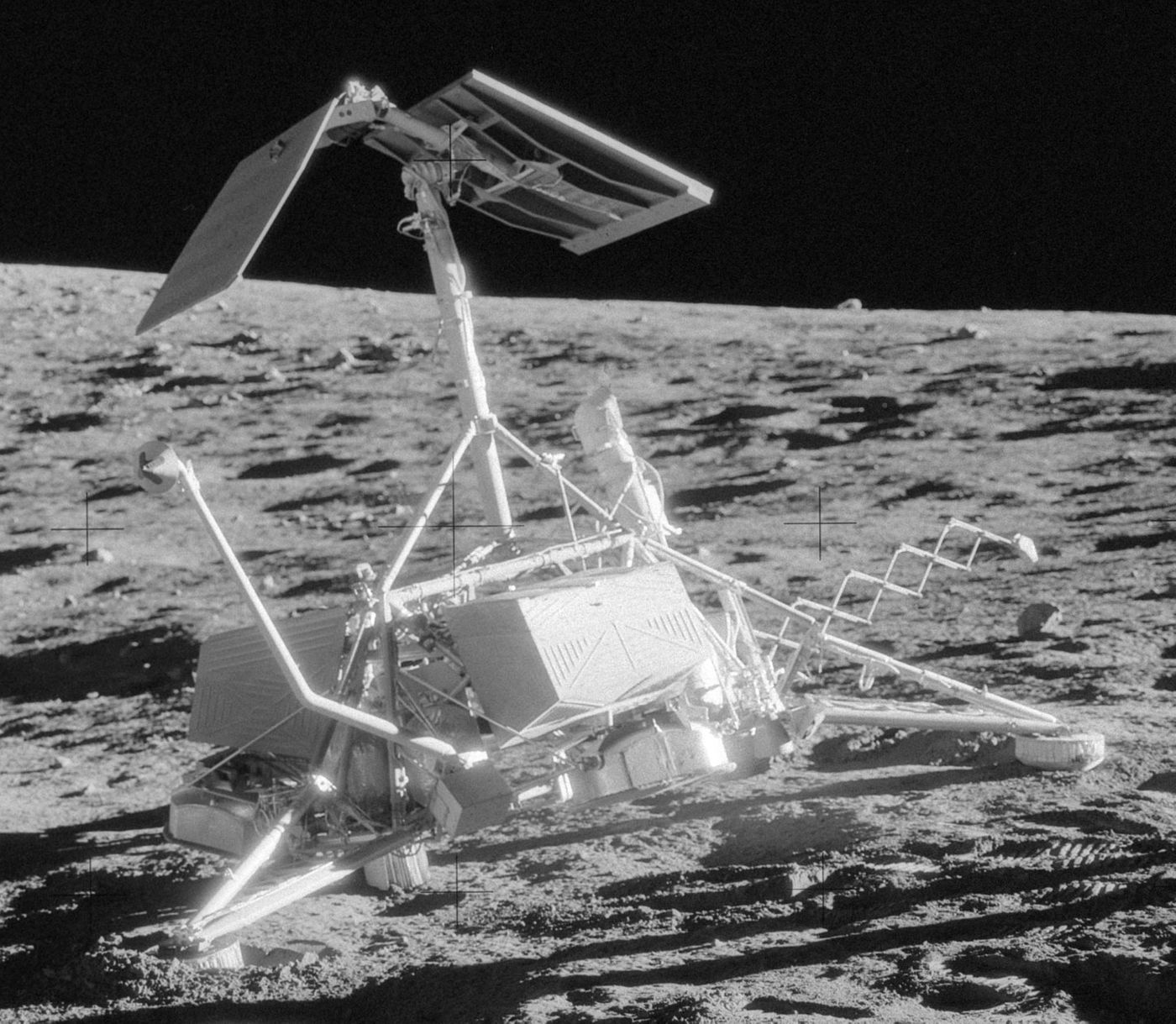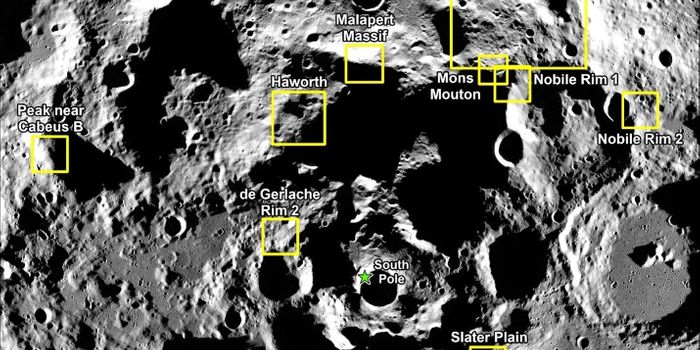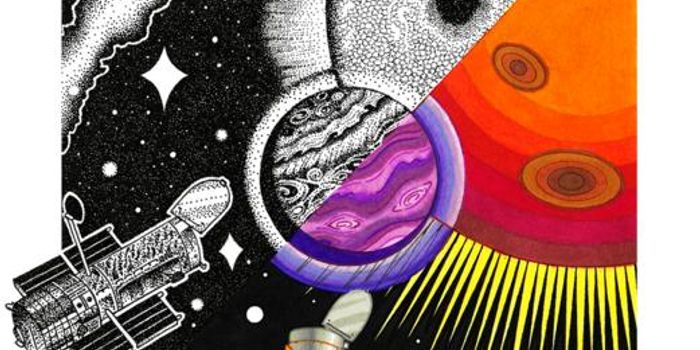Looking Back in Space: NASA's Surveyor Program
This series will explore historic space missions from the start of the Space Age to the present day, including both crewed and robotic missions. Here we will investigate the scientific rationale behind each mission and, most importantly, what we learned from these early missions and how they helped shape future missions that will launch to the Moon and Mars within the coming years.
Previously, we looked at NASA’s Ranger Program, which helped the lauded space agency determine landing sites for the upcoming Apollo missions, along with giving scientists a better understanding of the Moon and its geologic makeup. While failures were encountered with the first few missions, these mistakes only allowed us to develop more successful missions, resulting in data that is being used to this day.
With our scientific knowledge of the Moon vastly improved, NASA approved the Surveyor Program, which lasted from 1966 to 1968 with the goal of landing on the Moon’s surface, as the Ranger missions were designed strictly to crash into a pre-determined location. Without knowing if a Moon landing was possible, this raised concerns over the ultimate success of Apollo. The primary goal of the Surveyor program was to demonstrate soft landings at several locations on the Moon, which could then be applied to landing humans on the surface.
Unlike the Ranger program, which was besieged with failures from the outset, the Surveyor program started off highly successful, ultimately landing five of the seven missions on the Moon, with Surveyor 2 and 4 ending in failure due to an engine failure and loss of signal, respectively.
The first mission was Surveyor 1, which was a complete success, becoming the first soft landing of a United States spacecraft on the surface of the Moon, with the Soviet Union’s Luna 9 lander becoming the first overall. Surveyor 1 returned panoramic images of its landing site within a 62-mile (100-kilometer) diameter crater containing boulders greater than 3 feet (1 meter) scattered around the landscape.
Despite the enormous success of Surveyor 1, the Surveyor 2 mission crashed into the Moon after one of its thrusters failed to fire while en route to the Moon, putting the spacecraft into a spin and crashed just southeast of Copernicus Crater.
The Surveyor 3 mission was the first to have a surface-sampling instrument that allowed scientists to the conclude the lunar regolith contained composition like wet sand. While the spacecraft bounced upon landing due to the main engine failing to cut off at the correct time, the lander sent back 6,326 images of its surrounding area. What’s unique about this mission is the Apollo 12 astronauts went to the landing site, bringing back pieces of the lander to Earth.
Once again, despite the enormous success of the previous mission, Surveyor 4 ended in failure when radio signals from the spacecraft ceased only a few minutes prior to touchdown, with NASA being unsuccessful in re-establishing contact.
The final three Surveyor missions were resounding successes. Surveyor 5 became the first spacecraft to conduct an analysis of the lunar regolith while returning over 20,000 images of its surroundings over its three-day mission. It also made the extraordinary discovery that the surface of the Moon was comprised of basalt, henceforth making it conducive to human exploration. Surveyor 6 became the first spacecraft to launch from the lunar surface as it demonstrated a “hop” maneuver to see if rockets could be fired so close to the surface. The lander ultimately sent back close to 30,000 images of the lunar surface. Much like Ranger 9, which was designed to meet scientific objectives since its predecessors succeeded in gathering enough data for the Apollo landings, Surveyor 7 was also designed strictly for scientific purposes for the same reason. It was the first of the Surveyor missions to land in the lunar highlands (mountains) and carried with it the largest suite of science instruments, to include an alpha-scattering instrument designed to perform chemical analyses of the lunar surface. This included analyses of undisturbed lunar regolith, a Moon rock, and a small area dug up by the surface sampler.
Overall, the Surveyor program was a resounding success and not only helped pave the way for the Apollo landings, but also continued to give us new insights into the Moon and its composition. As Artemis 1 prepares to lift off on its maiden flight, it’s important to look back and marvel in the scientific and engineering feats the Surveyor missions achieved, which ultimately helped shaped the upcoming Artemis missions.
Sources: Labroots, USRA, NASA, NASA (2), NASA JPL, NASA (3), NASA (4), NASA (5), NASA (6), NASA (7), CNN
As always, keep doing science & keep looking up!









